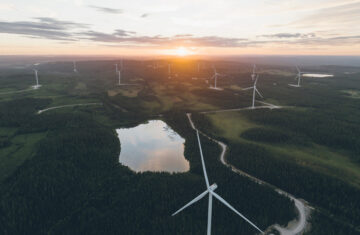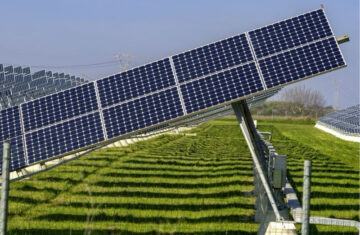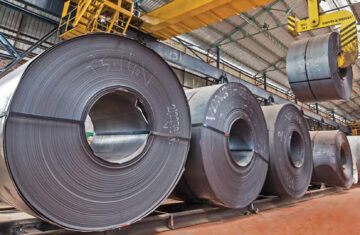Exploring the Growth of Wind Energy in France
Wind energy is rapidly becoming one of the most vital components of France’s renewable energy landscape. With its favorable wind conditions, extensive coastline, and strong governmental support, France is positioning itself as a leader in wind energy generation in Europe. This article examines the current state of wind energy in France, its potential, challenges, and future prospects, backed by official statistics and credible sources.
The Basics of Wind Energy
What is Wind Energy?
Wind energy harnesses the power of the wind to generate electricity through wind turbines. These turbines can be installed onshore (on land) or offshore (in bodies of water). The primary types of wind energy include:
- Onshore Wind Energy: Wind turbines located on land, usually in areas with high wind speeds.
- Offshore Wind Energy: Wind turbines situated in oceans or large bodies of water, where wind speeds are generally more consistent.
The Significance of Wind Energy in France
Wind energy is crucial to France’s energy strategy. As of 2022, it contributes approximately 10% of the national electricity generation, reflecting the country’s commitment to transitioning to renewable energy sources.
Current Wind Energy Capacity in France
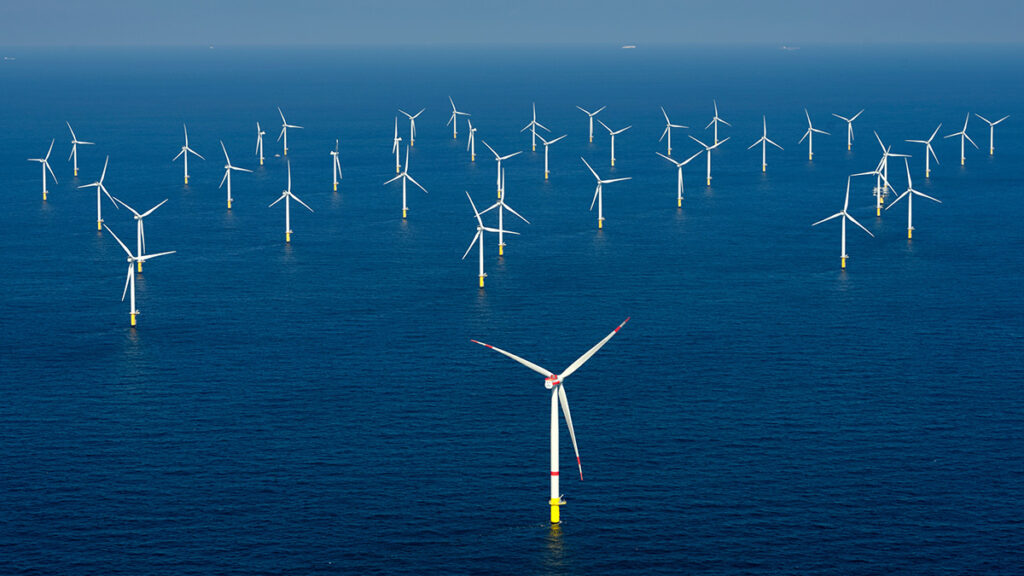
Installed Capacity
As of 2022, France boasts an installed wind energy capacity of around 18,000 MW. This impressive growth highlights the country’s dedication to expanding its renewable energy portfolio.
Key Statistics
- Total Installed Wind Capacity: 18,000 MW
- Annual Wind Energy Generation (2022): Approximately 45 TWh
- Share of Total Electricity Generation: 10%
Major Wind Farms
France is home to several notable wind farms that contribute significantly to its energy mix:
- Saint-Nazaire Offshore Wind Farm: Located off the coast of Brittany, this facility has a capacity of 480 MW, making it one of the largest offshore wind farms in France.
- Fécamp Offshore Wind Farm: Another significant project, with a capacity of 498 MW, situated in the Normandy region.
- La Manche Onshore Wind Farm: A key onshore facility with a capacity of 100 MW, enhancing local energy supply.
Wind Energy in France’s Renewable Strategy
National Energy and Climate Plan (NECP)
France’s National Energy and Climate Plan (NECP) sets forth the government’s commitment to increasing the share of renewable energy. The plan aims for 40% of electricity generation to come from renewable sources by 2030, with wind energy expected to play a central role.
Support from the EU
As part of the European Union, France complies with various regulations designed to promote renewable energy. The EU Renewable Energy Directive establishes ambitious targets that encourage member states to adopt wind energy.
Benefits of Wind Energy
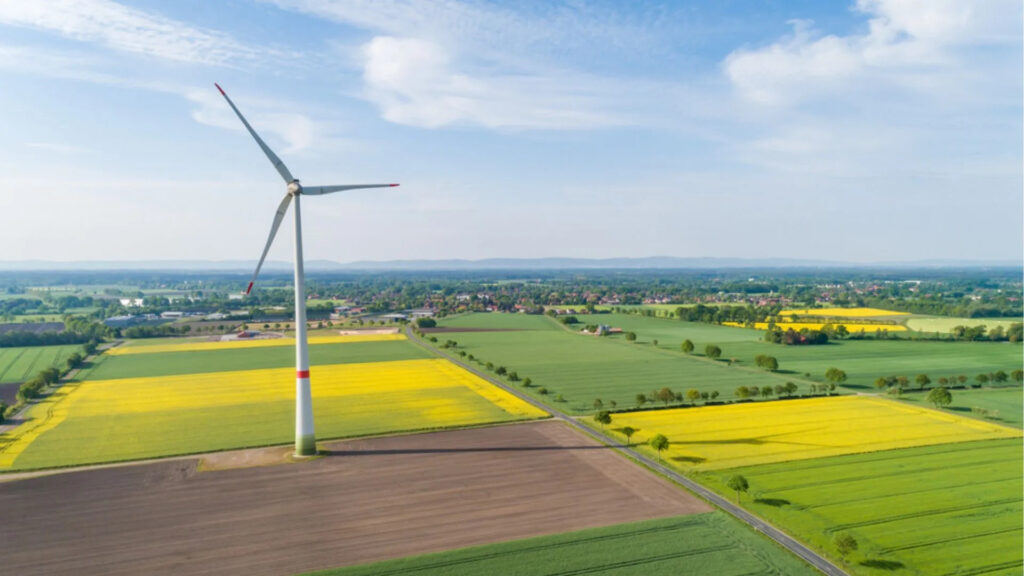
Renewable and Sustainable
Wind energy is a renewable resource that produces negligible greenhouse gas emissions, contributing to energy security and environmental sustainability.
Economic Growth
The wind energy sector is a significant driver of job creation and economic stimulation. According to the French Wind Energy Association (FEE), the sector is expected to generate thousands of jobs by 2030 through installation, maintenance, and research.
Energy Independence
Investing in wind energy allows France to reduce its reliance on imported fossil fuels, enhancing national security and stabilizing energy prices.
Technological Advancements
France is at the forefront of innovations in wind energy technology. Continuous R&D investments are improving turbine designs and wind farm management, making them more efficient and cost-effective.
Challenges Facing Wind Energy in France
Intermittency of Supply
Wind energy is inherently variable, leading to challenges in reliability. Variations in wind speed can impact energy generation, necessitating advanced grid management solutions to balance supply and demand.
Environmental Concerns
Wind energy projects can have environmental impacts, such as noise pollution and effects on local wildlife. Comprehensive environmental assessments are essential to minimize these impacts and ensure responsible development.
Regulatory Hurdles
Navigating the regulatory landscape for wind projects can be complex. Delays in obtaining permits and approvals can hinder the development of new wind farms, affecting the overall growth of the sector.
Future Outlook for Wind Energy in France
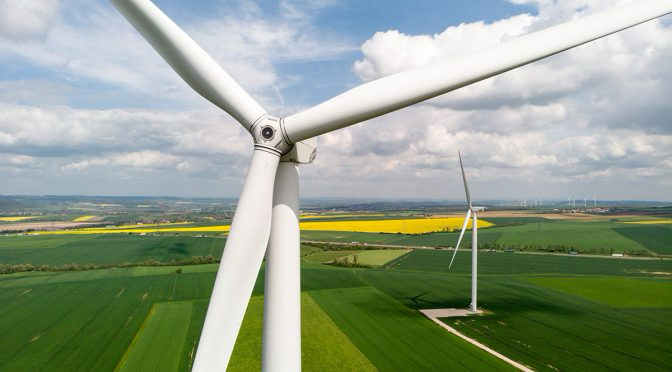
Technological Innovations
Advancements in turbine technology, including larger and more efficient models, promise to enhance energy output. Additionally, innovations in energy storage will help manage the variability associated with wind energy.
Offshore Wind Expansion
France has immense potential for offshore wind energy, particularly in its coastal areas. The government actively seeks to develop more offshore wind farms, which could significantly boost the country’s wind energy capacity.
Integration with Other Renewables
Combining wind energy with other renewable sources, such as solar and hydro, can improve energy security and grid stability. This integrated approach helps balance supply and demand, especially during periods of variable weather conditions.
Community Involvement
Encouraging community engagement in wind energy projects can foster local acceptance and investment. Community-owned wind farms can provide economic benefits while promoting sustainable practices.
Conclusion
Wind energy is a vital element of France’s renewable energy landscape, offering numerous advantages for energy security, sustainability, and economic development. With substantial capacity and significant growth potential, wind energy is poised to play a critical role in achieving France’s energy and climate goals. While challenges persist, technological advancements and supportive policies will enable France to harness its wind energy potential effectively.
References
- National Energy and Climate Plan (NECP)
- French Wind Energy Association (FEE)
- International Energy Agency (IEA)
- European Commission – Renewable Energy
- WindEurope

